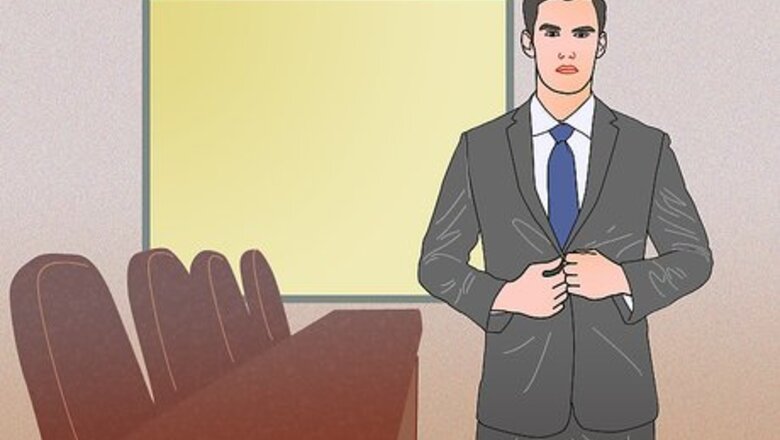
views
Dressing for the Occasion
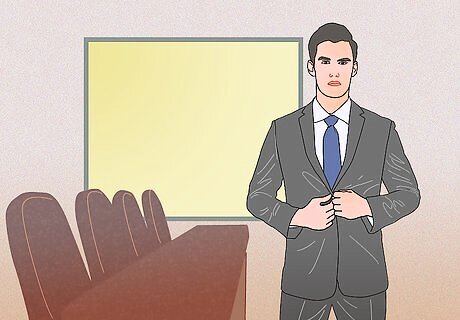
Dress for your industry. Choose more creative or conservative attire according to your industry and company culture so as not to be out of place. An investment banker on Wall Street will have a different dress code than a young Silicon Valley startup founder. Always err on the side of more formal attire to appear professional and in control; you can seldom go wrong with a good suit. To assert a CEO level of power and status no matter what the industry, a good general rule is to think about dressing to look slightly older than you are. When in doubt, dress in black, grey, white, or navy for a classic look.

Dress at the same level or above. Dress for who you’re meeting with: Match the level of formality and style that high-level executives or board members are wearing, but dress slightly above what clients or employees might wear.
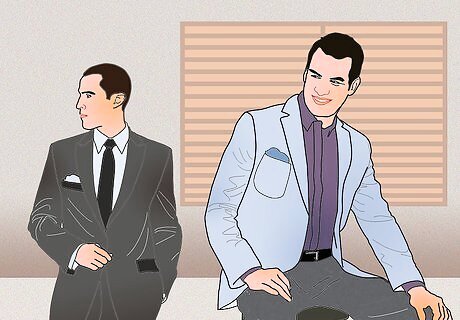
Grasp Business vs Business Casual. When your occasion requires it, “business attire” generally calls for a dark matched suit in a solid or subtly pinstriped color, with a white dress shirt, conservative tie, and leather dress shoes. “Business casual” requires a dress shirt and slacks at minimum, with a jacket like a blazer or sport coat optional. For your best bet in a business casual situation, don a jacket and tie and then remove one or both if the atmosphere appears more casual on arrival. Remember that a CEO can and should dress at or above the level of clients and employees, so it’s okay to be slightly more formal than others at a business casual event.

Consider foreign customs. If meeting with foreign partners or customers, do some research on business customs in their country and make adjustments to your wardrobe—like covering more skin or choosing something more formal, for example—if it would be more appropriate and make them feel more comfortable.
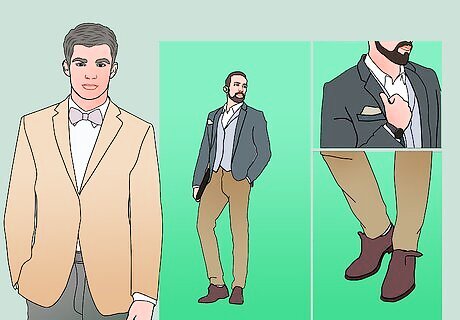
Gauge a social situation. Choose slightly less formal attire for a social event associated with your business. If the event doesn’t call for a specific dress code, try a light gray or dark brown suit for daytime events, or simply shed your jacket to stick with your slacks and button-down. You can also opt for more creative “social suits” in lighter colors or vivid patterns if the invitation says “suits and ties for men” (generally acceptable for events like brunches or church outings).
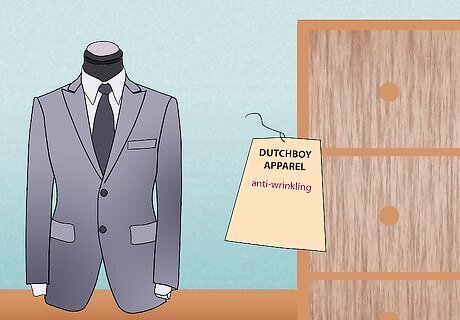
Make wearable choices for travel. If you need to make a business trip, keep attire professional but look for fabrics that won’t wrinkle as easily or that advertise anti-wrinkling. For instance, choose a wool suit over a linen suit to travel in. Take off your coat so it doesn’t wrinkle during travel, and even opt for a sweater or more casual slacks if appropriate.
Choosing a Suit
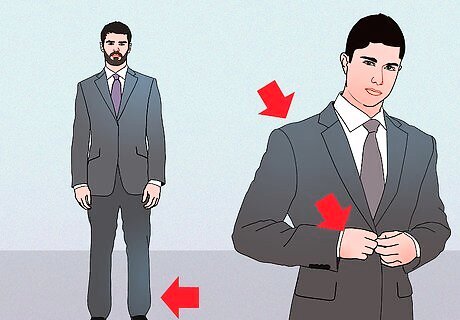
Find a quality maker for proper fit. Opt for a tailor-made or ready-to-wear suit. If you go with ready-to-wear, ensure that the fit is correct and drop it off for alterations to make it as custom as possible. Cast a wide net in looking for clothes. Check out multiple brands to find out what fits your body best. Look for shoulders that lie flat and have the seam match the length of the bone underneath it. Jacket buttons should close without strain and should not make the lapels hang forward or the lower part of the jacket flare out like a skirt. The jacket sleeve length should allow for half an inch of the shirt sleeve to show beyond it. The length of the jacket overall should end at about the middle of your hand with arms relaxed at your sides. Trousers should fall with a small “break” at the top of the shoe, making contact but without more than one wrinkle. The seat of the trousers should fall in a straight line without wrinkles or sags.
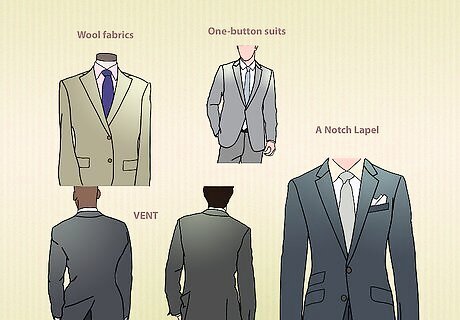
Pay attention to details. Choose fabric, buttons, lapels, and vents according to weather, functionality, and your preferred style. Wool fabrics can be worn all year round in a medium weight. Opt for cotton or linen suits in hot climates, but note that they don’t travel well because they crease and wrinkle easily. Pick a jacket lining that adds a pop of color or pattern, but still complements the shirts that you wear with it. One-button suits are more contemporary and suit a slighter build. Three-buttons suits work well on men of medium or tall build, and should have the first and middle buttons or only the middle button fastened when standing. Choose a notch lapel, which has a triangular notch separating the top and bottom of the lapel; a peak lapel that has edges pointing up toward the shoulders; or a shawl lapel, which is one long curve without breaks or points. A single vent at the rear of the jacket is common, but double vents provide a contemporary European look.

Have an array of shirts. Stick with plenty of white and light blue for an always-classic and appropriate look, but also branch out to button-downs in a range of colors to help lend variety to the same suit day to day.

Stick with solid or subtly patterned tie colors. Tie your ties in a clean Windsor or double Windsor knot rather than the too-simple four-in-hand knot. Avoid loud prints that can be distracting.
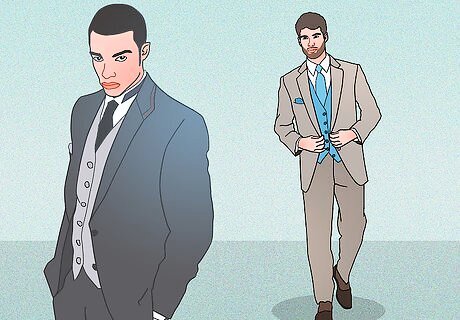
Consider a full tux for formal occasions. Choose a full tuxedo complete with cummerbund or vest and bowtie or cravat for a black tie event. Rent your tuxedo for a reasonable price, unless you need to wear one often enough to warrant purchasing your own.
Adding Accessories
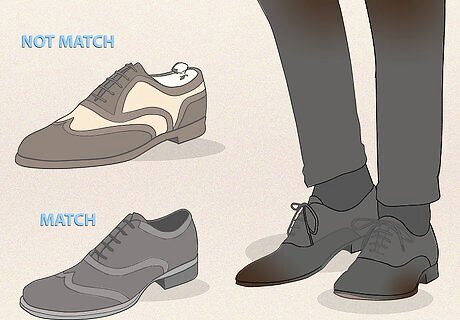
Choose quality footwear. Pick a leather Oxford or other quality leather dress shoe in the same tone or darker than your suit. Care for your dress shoes by regularly cleaning and polishing. Socks should either match the color of the shoe or be a shade darker than the suit so they don’t stand out when legs are crossed.

Match your belt with your shoes. Pair a quality leather belt with matching color shoes and buckle that is not too showy. Ideally, the buckle’s metal will match the metal features of your watch or ring. Buy a reversible belt with brown and black sides to easily pair with either shoe color.
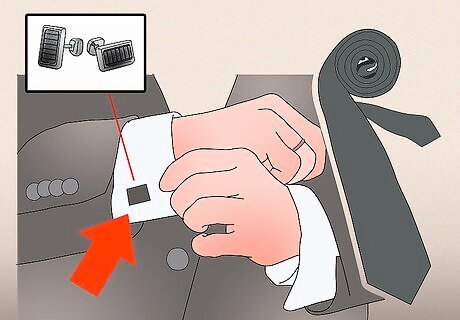
Buy cufflinks. Wear cufflinks to fasten your shirt sleeves closed and to provide a little extra ornament to your outfit. Choose ones that will complement your suit or match the color of your tie.
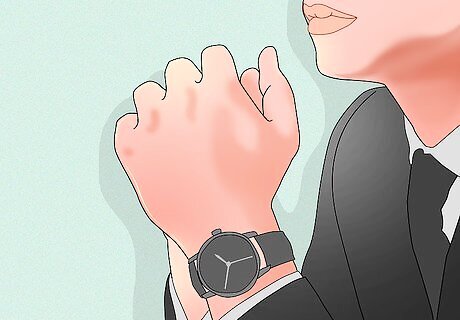
Add a watch. Invest in a classic leather band watch if you wish, preferably that matches the color of your belt and shoes. You can also add a ring to your ensemble, but any jewelry beyond that is usually too much.

Invest in a great briefcase. Choose a brown or black shade of leather to match the color of shoe and belt you most often wear, and polish like you would shoes.




















Comments
0 comment